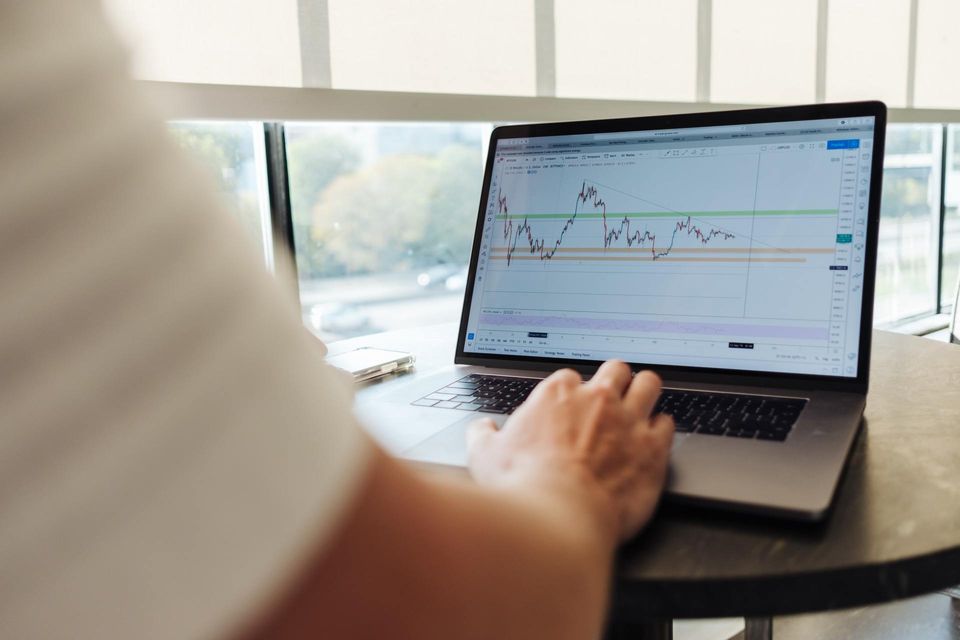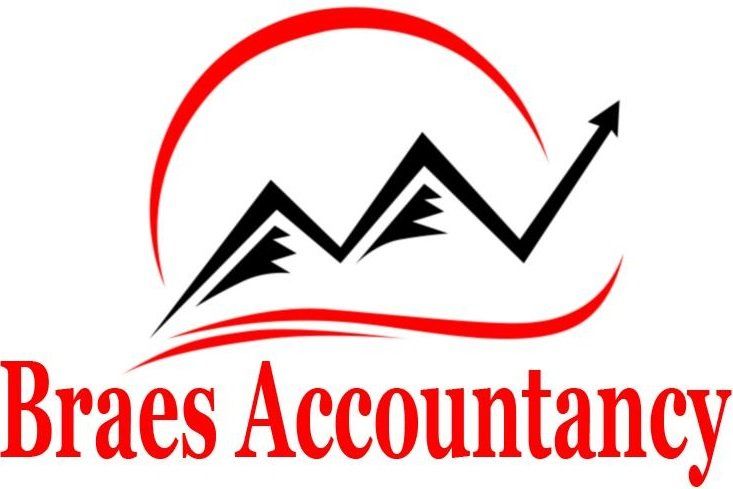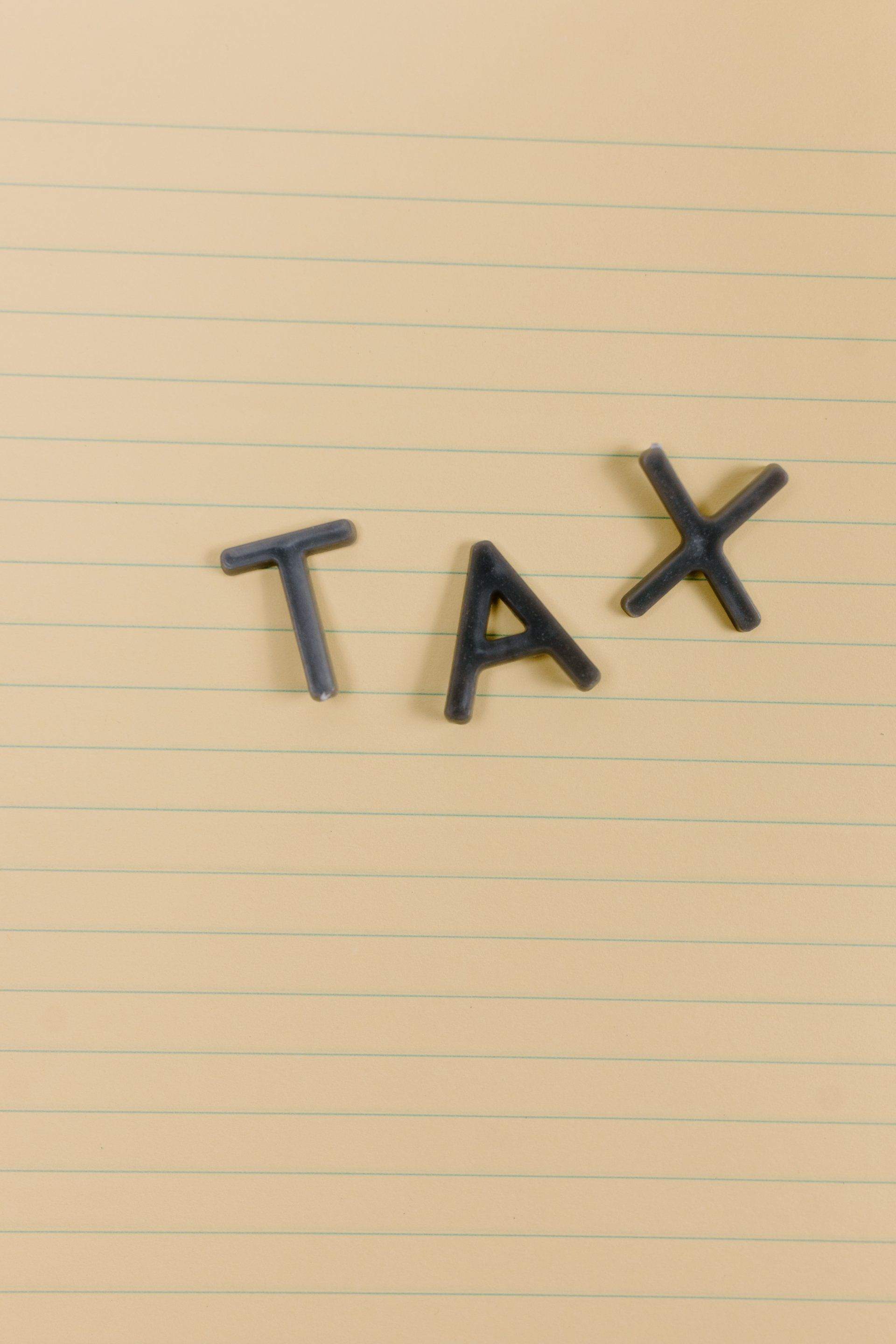MTD - Phase 2 - Check Now!
Braes Accountancy • April 1, 2021
It was delayed, but now it's here! Time to check if you need to do anything.

At the end of this month, it’s the big one – the delayed phase II of HMRC’s Making Tax Digital for VAT (‘MTD’). Over one million VAT registered businesses face tough new obligations on digital recordkeeping and the ‘digital journey’ on their VAT data. HMRC is looking to expunge over half a billion pounds in VAT errors with this phase of digitising VAT reporting. What that means for businesses of all sizes is the outlawing of manual data adjustments, manipulation in spreadsheets or most manual calculations of VAT data.
To back this up, HMRC are imposing full VAT penalties, which had been suspended in late filings for two years. This is very important: HRMC has acknowledged its current missed VAT return penalty regime inflicts disproportionate fines on small businesses. It wants to reform this in 2022. But for now, it’s absolutely fundamental for cash flows that you digest and follow the new rules.
What are the new rules that apply from next month? And what are HMRC’s motives behind an expensive overhaul of UK VAT reporting, when all it will do is to deliver the same nine boxes of information as before? The answer is that it probably wants free access to all your accounting records.
Phase I – digital filing April 2019
You will recall phase I from April 1, 2019. This imposed digital filings of the nine boxes of VAT return data via HMRC’s new API-portal. This was introduced for all VAT registered businesses over the annual registration threshold of £85,000.
This resulted in over 1.4 million businesses scrambling for accounting software updates or inexpensive Excel-enabled bridging software to be able to digitally file their returns.
And it didn’t go totally smoothly for HMRC, which saw heavy loads bring down its filing portal across the summer of 2019. This reflected the three big filing ‘staggers’ under the new regime between August and October. In fairness to HMRC, they did introduce a one-year soft-landing, with no fines for late returns.
Phase II – digital bookkeeping and journey April 2021
The major change; the ending of most manual processes in completing the VAT data and return, was saved for phase II. This was originally scheduled for April 1, 2020 but was postponed by HMRC just 36 hours before its implementation as the lockdown closed down the economy.
The main changes for phase II include:
- Digital bookkeeping – all VAT records (sales, purchases, stock, and fixed asset transactions etc) must be maintained in digital form. For most businesses, this means in accounting or ERP software and similar systems for invoicing processes. This can include spreadsheets with some restrictions – see below. There must be no manual element to this. Practically, for small businesses, this means invoice date may initially be manually keyed-in to accounting packages or spreadsheets. But there can be no further manual adjustments.
- Digital journey – where VAT data is then moved between accounting or invoicing systems prior to the digital filing, this may only be done via ‘digital links’. These include spreadsheet formula links, emailing data, memory sticks, and up/downloads of data in CSV or XML formats. What is strictly forbidden by HMRC is manual cut and paste in spreadsheets or adjustments. This will affect businesses of all sizes. In particular companies that consolidate data in spreadsheets from various systems or divisions prior to filing. Anyone producing group VAT returns will likely struggle too, as that is typically done through manual spreadsheet processing.
- Mind the missed return penalties
The current missed return penalty system means you enter a 12-month surcharge period. If you then miss a further return, the 12-month period is extended and you will have to pay a surcharge. The surcharges ratchet up from two percent for a second missed return to 15 percent for a fifth missed return in the surcharge period. Note: HMRC plan to overhaul this regime in 2022 as it does produce the risk of huge, disproportionate fines on missed returns.
The regular penalties for missed VAT payments have been in place throughout the launch of MTD.
What’s next for MTD – HMRC wants your accounting records?
The question that has always loomed around MTD is why the extraordinary effort and expense for HMRC and over a million taxpayers when the result is the same as pre-April 2019 – nine boxes of VAT numbers are still filed? The answer lies behind the choice of the API technology, which enables huge and fast exchanges of data. At some point in the not-too-distant future, HMRC may require taxpayers to submit all VAT transactions to them for verifying the VAT calculations.
It’s a point to ponder: soon, HMRC may ‘own’ the source of tax data, your accounting records. That will signal a colossal shift of power from FD’s and accounting departments to HRMC.



